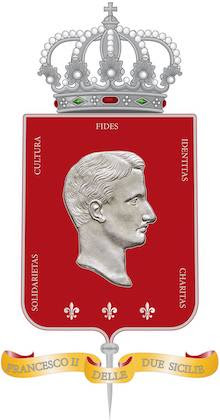Autunno
Ll’autunno è d’’e cumpagne,
Nuttate senza fine,
Cammenate e chiacchiarate,
Butteglielle pe quatto, cinco o seje,
Vermicielle e pane sereticcio,
‘O riesto ‘e sciampagna e mieze sigarre
Pe tuttequante,
Stórie nove e ricorde ‘e tanno,
Resate e silénzie.
Ll’autunno è d’’e cumpagne,
Na réfola ‘e viento a Montmartre,
Na prummessa ‘e n’appuntamiento,
Ll’addore ‘e cena ncopp’’e Quartiere,
Na speranza mmocca,
‘A luce eléttrica d’’a Metropolitana,
‘O fummo blù ‘o’ ponte
Ll’ore longhe ca spárteno
‘A fine d’’a fatica d’’o principio sujo.
Ll’autunno è d’’e cumpagne,
Voce mmigrante e suonne antiche,
Programme suspirate
Int’’e tramm’a mmuro int’’e palazze,
Mille penziere nziste
‘E nu dimane, n’ammore nuovo,
Na telefonata a casa
Comm’’e finte e zuppa ntiemp’’e guerra,
«Mamma nce ‘aggi’’a fatto…»
Ll’autunno è d’’e cumpagne,
Pe chi nun nce sta cchiù,
Pe chi sta fora, pe chi sta nchiuso,
Pe chi sta a ll’atu munno,
Pe chi mo è sulo na canzona,
Nu brínnese appriesso a n’ato
Attuorno a sta tavulella
Sott’’e parasole scarfante,
‘O patrone nce tene mente
Cu ritratte ‘e giuventù int’a ll’uocchie
E nun nce caccia.
Autumn
Autumn is of friends,
Endless nights,
Walks and chats,
Little bottles for four, five or six,
Vermicelli and stale bread,
Leftover champagne and half cigars
For everyone,
New stories and memories of back in the day,
Laughter and silences.
Autumn is of friends,
A breeze in Montmartre,
A promise of a date,
The fragrance of dinner up in the Quartieri Spagnoli,
A hope in the mouth,
The electric light of the Métro,
Blue smoke on the bridge
The long hours that divide
The end of work from its begining.
Autumn is of friends,
Migrating voices and old dreams,
Plans whispered
In the elevators of the buildings,
A thousand stubborn thoughts
Of a tomorrow, a new love,
A telephone call home
Like wartime fake substitutions and soup,
"Mamma I made it…"
Autumn is of friends,
For those who are no longer here,
For those abroad, for those inside,
For those in the netherworld,
For those who are now just a song,
A toast one after another,
Around this little table
Beneath the heating towers,
The café owner watches us
With portraits of youth in his eyes
And doesn’t boot us out.















































